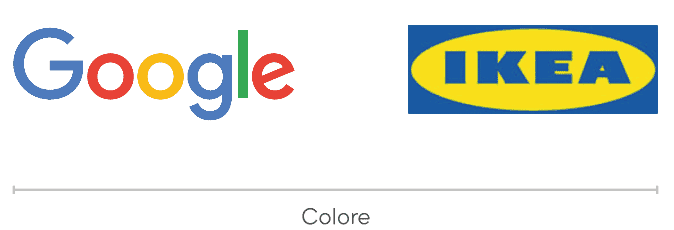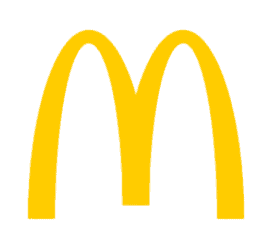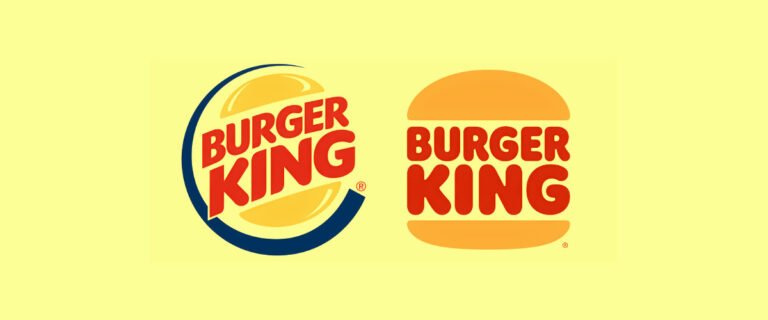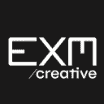
"The main role of a logo is to identify, and simplicity is its means. Its effectiveness depends on distinctiveness, visibility, adaptability, memorability, universality and timelessness." - Paul Rand
Paul Rand was an American art director and graphic designer, best known for his corporate logo designs including those for ABC, UPS, IBM, NeXT.
Often, in an attempt to create something new and original, designers try to cram ideas or elements into a single logo. When logos become too complex, the true purpose of the logo is lost. The goal is for the logo to be recognizable, timeless and versatile. A complex logo is more difficult to remember, making it less likely that a person will recognize it when they see it a second time.
All strong logos have one or two main features that help them stand out.



The confusion between brand and logo
Many companies have unrealistic expectations of what the logo will do for them. They expect the logo to synthesize everything in one wording or symbol. The logo is just one element of the company’s entire brand.
The job of the logo is to identify and act as the face of the company.
The end point of a sentence.

Your face does not define everything you stand for as a person, and the logo does not define your company, it simply makes it recognizable.
An effective brand strategy, combined with thoughtful messaging, images, videos, web and social media interactions, will reinforce the meaning of the logo, which over time will become memorable.
A logo needs time to be assimilated, first by the company and then by customers.
The first time is like meeting a stranger, at first you might be uncomfortable but with subsequent encounters you become more familiar and eventually become familiar.
There are millions of logos in the world. Creating something truly unique and completely original is extremely difficult. If you focus too much on creating something different, adding unnecessary elements or effects, you end up with a complicated brand that is too difficult to remember and understand.
There is nothing less original than trying to be original at all costs.
For example we look at these totally wrong logos.

Clarity and brevity
One does not want anyone to have to spend too much time mulling over our logo, trying to decipher all the intricate design choices and fancy wording. Just think of Logitech, Harvard, Volkswagen, National Geographic. Better yet, one can take a look at the logos of these successful mega-corporations. There is probably no better argument for simplicity.

A simple logo leaves less room for error or misinterpretation of the message to the audience. You don’t want people to stand aside, trying to solve the puzzle of their logo in their heads. Rather, they should spend that time allowing the pathways in their brains to associate the image they are looking at with the product or service the company offers.
Acknowledgeable and explainable
 We continue with the idea that the secret of a logo lies in its ability to create associations in the human brain. An effective logo is one that is easy to describe. There is probably no better example than the yellow arches of McDonald’s that you can explain with, “a big yellow M.”
We continue with the idea that the secret of a logo lies in its ability to create associations in the human brain. An effective logo is one that is easy to describe. There is probably no better example than the yellow arches of McDonald’s that you can explain with, “a big yellow M.”
Functioning across all media
It is even more critical that your logo be simple because of the variety of media through which it will be published.
Just a few of the options: print, web, smartphone apps, promotional items, signs, T-shirts. The list goes on.

The more complex the logo, the greater the risk that it will come out as an indecipherable blob on one medium or another. The point is that it has to look good in both small and large, in color and in black and white.
You don’t have to worry about the end result being too plain or not interesting enough, just gawk at the Microsoft logo, which consists of only four different colored squares.






